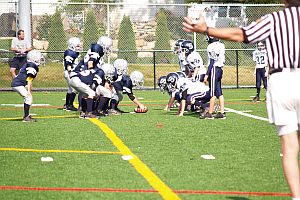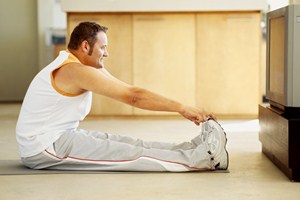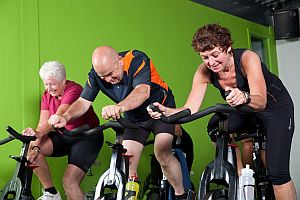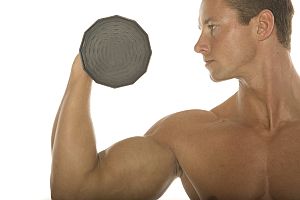Fruit Juice and Kids: A Reality Check for Parents
 Ah, the simple joys of parenting! You want to do your best to give your kids a healthy diet, so after reading all the articles about how bad soda is for them, you switch them over to fruit juice. But now when you pick up a newspaper or read posts on your favorite Internet forum, you see more and more evidence that fruit juice may also be bad for them. What’s a parent to do?
Ah, the simple joys of parenting! You want to do your best to give your kids a healthy diet, so after reading all the articles about how bad soda is for them, you switch them over to fruit juice. But now when you pick up a newspaper or read posts on your favorite Internet forum, you see more and more evidence that fruit juice may also be bad for them. What’s a parent to do?
The two-part answer to this question seems to be, “Get all the facts and use your best judgment. And—when in doubt—use moderation.” Yes, there is a new study, published in The Lancet Diabetes & Endocrinology, that calls for the UK government to change its “five servings a day” guidelines to exclude fruit juice. And yes, the researchers have their reasons for presenting this argument.
Those reasons seem to relate primarily to the amount of sugar in fruit juices. The study authors argue that a common misperception among parents is that fruit juices provide a natural, low-sugar alternative to artificially-sweetened drinks like soda. Technically, this is not true. As Naveed Sattar, professor of Metabolic Medicine at the Institute of Cardiovascular and Medical Sciences at the University of Glasgow in Scotland points out, “Fruit juice has a similar energy density and sugar content to other sugary drinks, for example: 250 milliliters (ml) of apple juice typically contains 110 kilocalories (kcal) and 26 grams (g) of sugar; and 250 ml of cola typically contains 105 kcal and 26.5 g of sugar.”
Professor Nattar’s research leads him to believe that—unlike consumption of solid fruit, which has been shown to decrease the risk of diabetes—high consumption of fruit juices is linked to an increased risk of diabetes. “One glass of fruit juice contains substantially more sugar than one piece of fruit; in addition, much of the goodness in fruit – fiber, for example – is not found in fruit juice, or is there in far smaller amounts,” Nattar’s research partner, Dr. Jason Gill, adds that although fruit juices do contain minerals and vitamins not present in sodas, the level of these nutrients is not sufficient to offset the health risks associated with consuming excessive sugar.
That’s the bad news. The better news is that even Drs. Nattar and Gill don’t recommend that parents cut fruit juice out of their children’s diet entirely, merely that they limit consumption to 1 to 1½ small (125 milliliter) glasses of fruit juice per day. The Australian Dietary Guidelines (ADG) released in February agree with them, still recommending fruit juice as part of a healthy, balanced diet for everyone, including children. They point out that one of the elements left out of the debate is that 100% fruit juice contains no added sugars, and often contain nutrients that sodas do not, such as vitamin C, folate, potassium and other micronutrients, plus antioxidants. Nutritionist Kristin Beck of the ADG says, “It’s not always possible for kids to get their recommended daily servings of fruit, so parents should be aware that 100% fruit juice can help meet these targets – especially for fussy eaters.”
Ms. Beck also provides what may be the best advice on the topic for parents: “Check the label to ensure you’re buying a good quality, 100% fruit juice. Be mindful of portion sizes and combine with a healthy, balanced diet that includes all core food groups – such as fresh fruit and veggies and a combination of lean meats, fish, dairy and carbohydrate-rich foods, mainly whole grains.”








